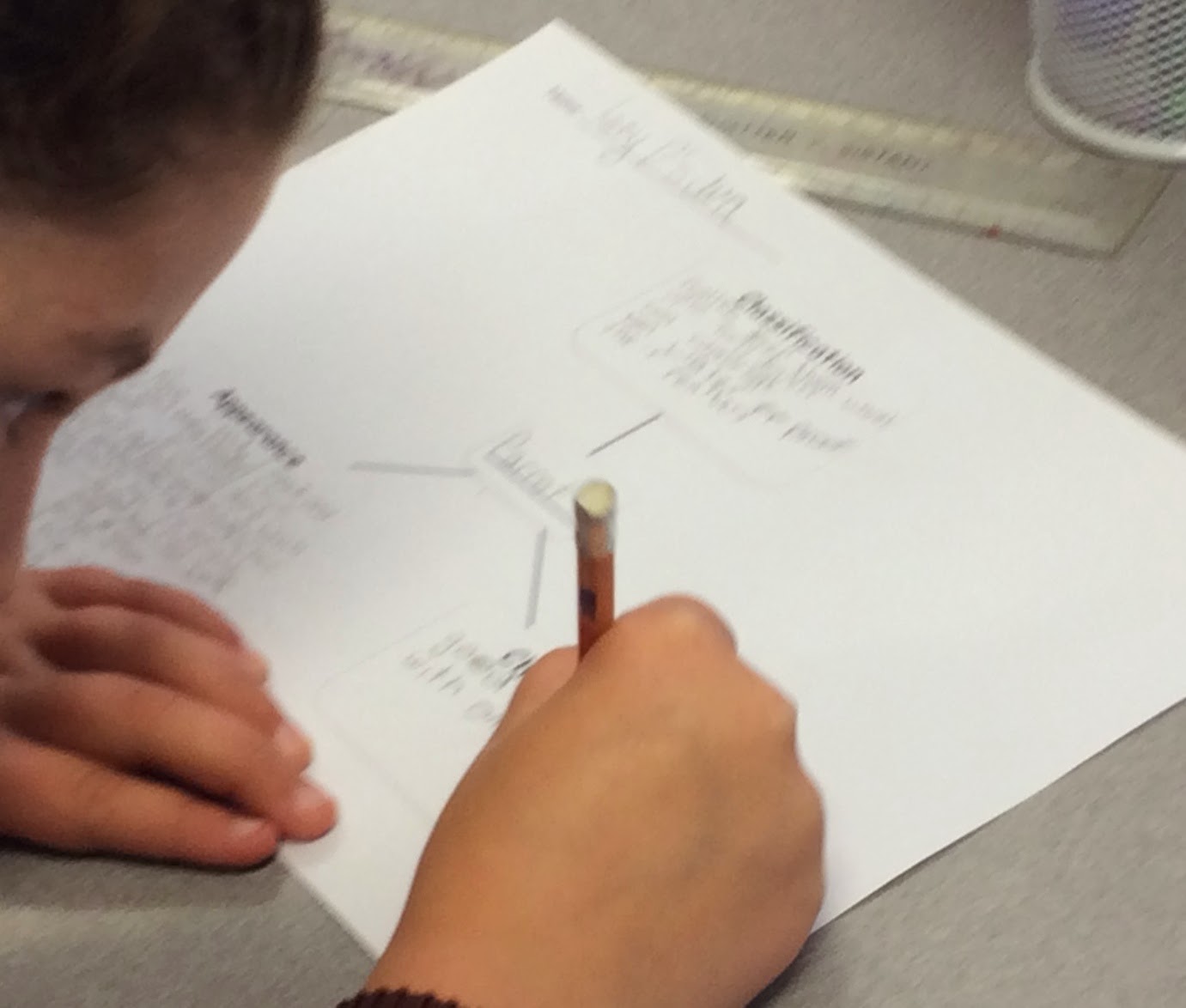The Paragraph Hamburger
In Year Three we have introduce the 'Paragraph Hamburger' to help the children organise their writing into paragraphs. The 'Hamburger Paragraph' is a visual aide that allows the children to understand the key components needed in a paragraph. As the children write a topic sentence, detail sentences and a closing sentence they form different pieces of a hamburger.The children in the top writing group are creating videos explaining how to use the structure to help write excellent paragraphs. These will be added to our blog as they are completed.
Blow are the children's reflections on the Hamburger structure.
Children's Blog:
Paragraphs are groups of sentences that tell the reader information about the text.At school we have been learning about topic sentences, supporting sentences and concluding sentences.
In class we have been using hamburgers to help us organise our paragraphs. The topic sentence is a sentence that tells the reader the main idea of the paragraph. The topic sentence is the top bun.
The supporting sentences are like the lettuce, tomato, cheese and meat. You should always write the most important information last so it is the meaty part of the paragraph. The bottom bun is the concluding sentence , it is similar to the topic sentence. When you write a concluding sentence you can use the same words you used in the topic sentence.
The first detail is the 'lettuce'. The lettuce comes straight after the topic sentence but is not the most important information. It should be full of good 'lettucy' detail. The second sentence is not the most important sentence, it needs to be full of 'juicy' details. The third sentence is still not the most important sentence. It should be full of good 'cheesy' detail. The last supporting sentence should be the most important piece of detail. It should be full of good 'meaty' detail. Each sentence should have a different sentence starter.
 |
| The Hamburger structure can help you write paragraphs correctly. |
 |
| Can you find the topic sentence in the paragraph from "Harry Potter". |
 | |
| We used the hamburger to write a paragraph about a platypus. |








